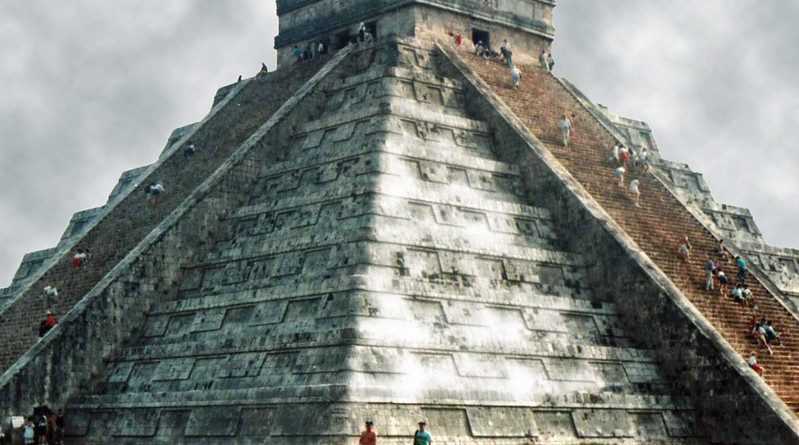The Aztecs
Despite their origins as a somewhat nomadic tribe, the Aztecs of Mesoamerica grew to become one of the most powerful and distinct civilizations in the region. First sprouting in what is now modern-day Mexico at the beginning of the 13th century, ousting their predecessors the Toltecs in the process. Comparatively advanced compared to the more nomadic and basic Mesoamerican tribes in the region, the Aztecs were able to stake their claim on the land through their hunting abilities, advanced farming and irrigation methods and most importantly a military culture, which allowed the settlement to transition into a state, and eventually an empire.
The origins of the empire itself stemmed from a triple alliance between the Aztecs, The Texocans and the Tacubans formed to defeat mutual rivals the Tepanec. At the Empire’s height, it was believed that the Aztecs ruled over 5 million people and controlled nearly 500 states. Over the course of a century, Aztec culture thrived, economically supported by its bustling marketplaces.
Culturally, the Aztecs were an artistically rich civilization, with a great deal of works remaining intact despite Spanish conquest. Known for its distinct sculptures and architecture, the Aztecs were also renowned for their poetry and songs, both of which were focal points of their culture. The Aztecs were also known for their rigid social structure, with the pipiltin (nobility) being the highest class of people, who had the most rights. The second class was known as macehualtin, comprised mainly of farmers, artisans and warriors. Finally, the lowest class were called the tlacotin, not dissimilar to serfs. This status was not entirely hereditary and could be imposed on people as a result of debt, punishment or captivity from war. These slaves were however allowed to buy their freedom, and if they were deemed particularly loyal, would be released of their bondage following their master’s death.
A key aspect of Aztec culture was their religion, with the society hinging around diligence to the sun and war deity Huitzilopochtli. While other major Mesoamerican societies were known to practice human sacrifice, this paled in comparison to the Aztecs, who were notorious for the custom. According to records, the Aztecs sacrificed over 80,000 prisoners during a four-day period.
Like other significant Mesoamerican civilizations, the Aztec Empire collapsed following conquest by the Spanish. Lead by Hernan Cortes, the Spanish fleets arrived at Yucatan in 1519 following an smaller scouting operation a few years prior. Initially received warmly by the Aztec leader Montezuma due to his resemblance to a divine figure, Cortes was able to easily take him and his inner circle captive.
The Spaniards delivered a hugely weakening blow as they murdered thousands of the nobility during a religious ceremony, while Montezuma died in captivity. Although his nephew assumed control, the Spaniards easily overcame the Aztecs in a bloodbath, which left nearly a quarter of a million dead. Despite having drastically fewer numbers, the Spanish were able to defeat the Aztecs due to their superior weaponry and an alliance with local Aztec rivals. Burning the civilization to the ground, Cortes established Mexico as a hub for Spain’s overseas Empire, leaving the Aztecs in ruins.




